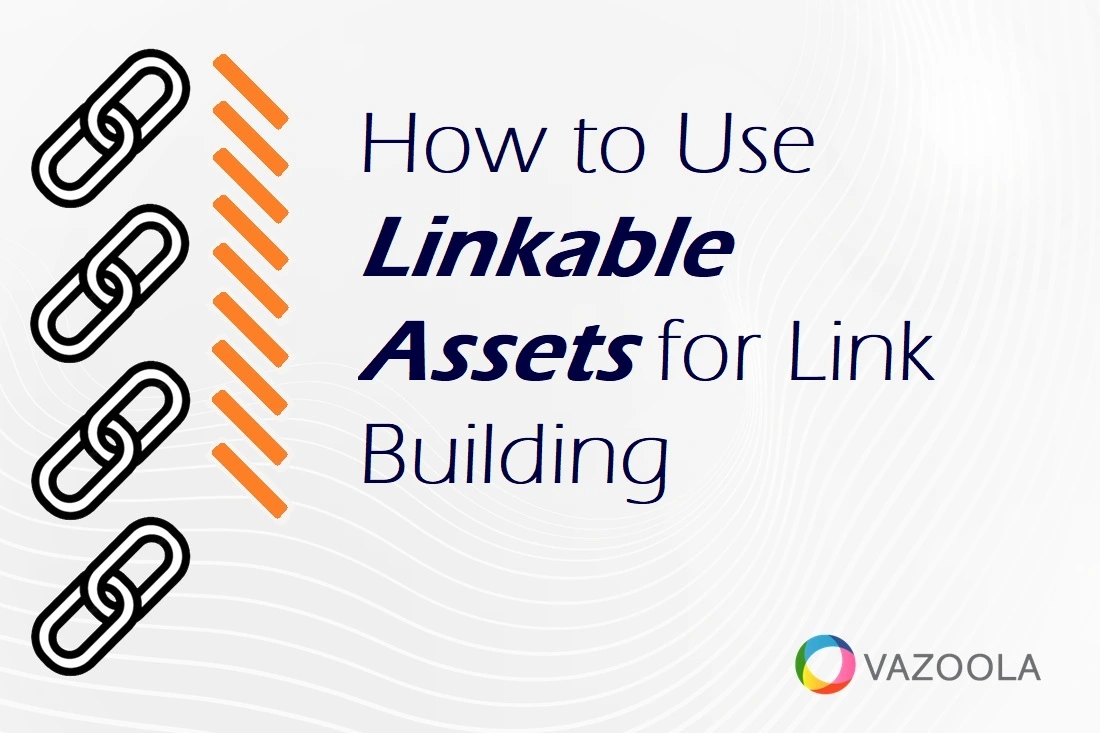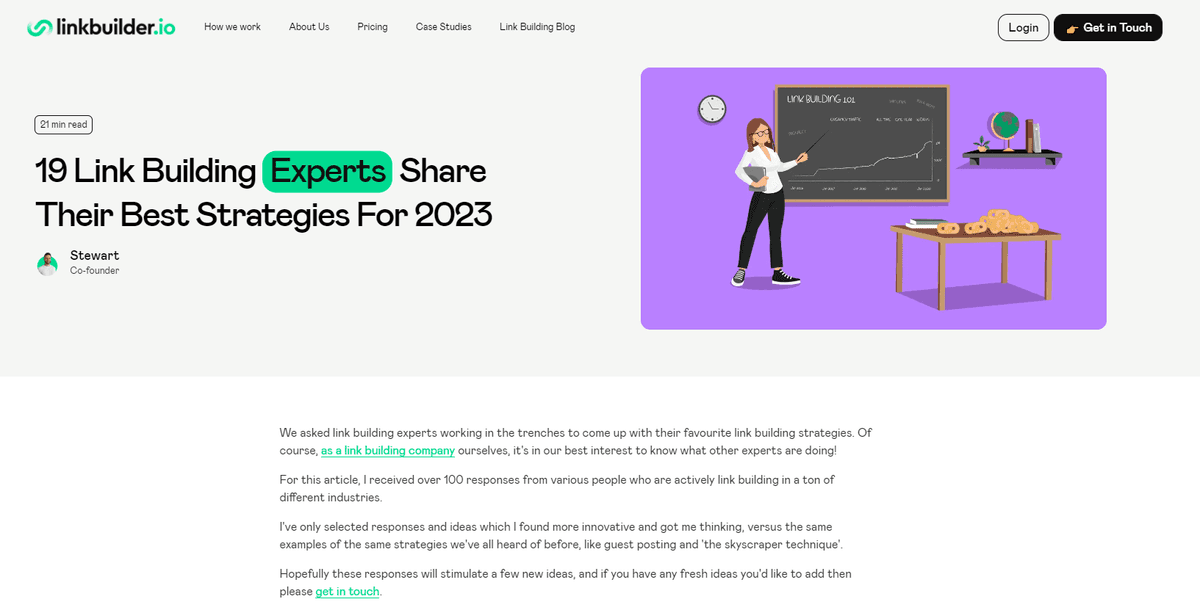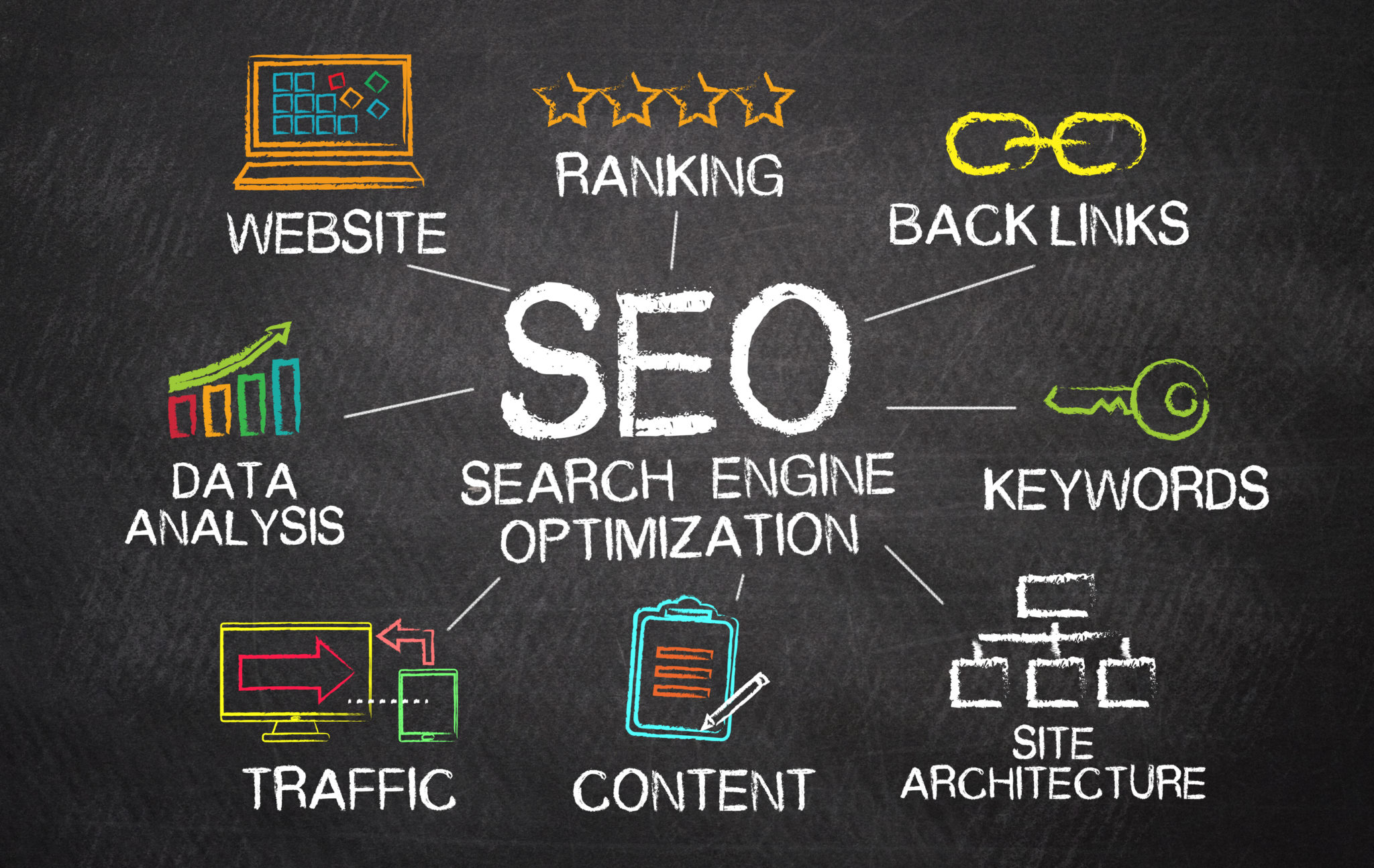
In the ever-evolving world of SEO, one strategy has consistently proven its value: leveraging linkable assets. These are high-quality pieces of content that naturally attract backlinks from other websites because they provide real value to users. In 2025, as search engines become more sophisticated and user intent becomes more nuanced, the importance of creating linkable assets has only grown.
This article will guide you through the process of identifying, creating, and promoting linkable assets that can significantly boost your website’s visibility, authority, and traffic. Whether you’re a seasoned marketer or just starting out, understanding how to use linkable assets effectively is essential for long-term SEO success.
What Is “Linkable Assets” and Why It Matters
A linkable asset is any piece of content that is so valuable, informative, or unique that other websites want to link to it without being asked. These assets are not just about SEO—they’re about providing real value to your audience. When done right, they can generate organic backlinks, increase brand visibility, and improve your site’s authority.
Search engines like Google prioritize content that offers value and is cited by others. This is why linkable assets have become such a critical part of modern SEO strategies. According to Ahrefs, over 90% of pages on the web get no backlinks at all. But those that do are often high-quality, well-researched, and shareable.
In 2025, with AI-driven search algorithms and more emphasis on E-E-A-T (Experience, Expertise, Authoritativeness, Trustworthiness), the demand for quality content has never been higher. Linkable assets help you meet this demand while also building a strong foundation for your SEO efforts.
How “Linkable Assets” Impacts SEO Performance
The impact of linkable assets on SEO is multifaceted:
- Improved Rankings: Backlinks remain one of the most important ranking factors. The more high-quality backlinks you have, the better your chances of appearing in top search results.
- Increased Traffic: As your content ranks higher, it becomes easier for users to find your site, leading to more organic traffic.
- Enhanced Authority: Links from reputable sites signal to Google that your content is trustworthy, which can boost your domain authority.
- Better User Engagement: High-quality content keeps visitors on your site longer, reducing bounce rates and improving engagement metrics.
For example, if you publish a comprehensive guide on “How to Start a Blog,” and it gets linked to by popular blogs like HubSpot or Neil Patel, it not only boosts your rankings but also increases your credibility in the eyes of both users and search engines.
Step-by-Step Implementation Framework
Creating effective linkable assets requires a strategic approach. Here’s a step-by-step framework to help you build and promote them successfully:
1. Define or Audit the Current Situation
Start by analyzing your existing content. Identify what’s already working and what needs improvement. Use tools like Ahrefs or SEMrush to see which pages are getting the most backlinks and which ones aren’t. This will help you understand where to focus your efforts.
Also, research your target audience. What are their pain points? What kind of content do they engage with? This information will guide your content creation.
2. Apply Tools, Methods, or Tactics
Once you have a clear understanding of your audience and current content, it’s time to create something truly valuable. Consider the following formats:
- Original Research: Conduct surveys or studies that provide new insights into your niche.
- Infographics: Visual content that simplifies complex data.
- Case Studies: Real-world examples that demonstrate the effectiveness of your product or service.
- Guides and Tutorials: Step-by-step resources that solve specific problems.
- Videos: Engaging content that explains concepts in an easy-to-digest format.
Use tools like Canva for design, Grammarly for writing, and Google Trends to identify topics that are currently trending.
3. Measure, Analyze, and Optimize
After publishing your linkable asset, track its performance using tools like Google Analytics and Ahrefs. Monitor metrics such as:
- Backlinks: How many websites are linking to your content?
- Traffic: How much organic traffic is coming to your page?
- Engagement: How long are users staying on your page?
Use this data to refine your strategy. If a particular type of content isn’t performing well, consider adjusting the format or targeting a different audience.
Real or Hypothetical Case Study
Let’s take a look at a hypothetical case study to illustrate the power of linkable assets.
Scenario: A small SaaS company wants to increase its online visibility and attract more leads.
Strategy: The company creates a free tool called “Content Analyzer,” which helps users evaluate the quality of their blog posts. They also publish a detailed guide on “How to Create Linkable Content.”
Results: Within six months, the Content Analyzer tool receives over 1,000 downloads and is linked to by 20+ reputable websites. The guide earns 50+ backlinks from industry influencers and ranks on the first page of Google for several high-traffic keywords.
This case study shows how a combination of useful tools and educational content can drive significant SEO benefits.
Tools and Techniques for “Linkable Assets”
Here are some of the best tools to help you create and promote linkable assets:
- Ahrefs – For tracking backlinks and analyzing competitors.
- Google Search Console – To monitor your site’s performance and identify issues.
- Canva – For designing infographics and visual content.
- Grammarly – To ensure your content is clear and error-free.
- SEMrush – For keyword research and competitor analysis.
- Google Trends – To identify trending topics and optimize your content accordingly.
These tools will help you create high-quality content that resonates with your audience and attracts natural backlinks.
Future Trends and AI Implications
As AI continues to shape the digital landscape, the role of linkable assets will evolve. Search engines are becoming better at understanding user intent, and content that provides real value will be rewarded.
In 2025, we can expect:
- More Personalized Content: AI will help tailor content to individual user preferences, making it more likely to be shared and linked to.
- Voice Search Optimization: As voice assistants become more popular, content that answers questions directly will gain more traction.
- Multimodal Content: The integration of text, images, and videos will become more common, increasing the likelihood of sharing and backlinking.
To stay ahead, focus on creating content that is not only informative but also engaging and easy to consume. Embrace new formats like interactive quizzes, podcasts, and video tutorials to keep your audience interested.
Key Takeaways
- Linkable assets are high-value content that naturally attracts backlinks.
- They improve your SEO rankings, traffic, and brand authority.
- Use a strategic framework to create, measure, and optimize your linkable assets.
- Leverage tools like Ahrefs, Google Trends, and Canva to streamline your workflow.
- Stay ahead of the curve by adapting to AI-driven trends and multimodal content.
By focusing on creating content that genuinely adds value to your audience, you’ll not only earn backlinks but also build a loyal following that keeps coming back for more.
Meta Title: How to Use “Linkable Assets” to Attract Natural Backlinks in 2025
Meta Description: Learn how to create high-value content that naturally attracts backlinks and improves your SEO strategy in 2025.
SEO Tags: linkable assets, SEO strategy, backlink building, content marketing, 2025 SEO trends
Internal Link Suggestions:
– [Parameter #1]: Understanding the Role of Backlinks in SEO
– [Parameter #2]: The Power of Content Marketing in 2025
External Source Suggestions:
– https://www.backlinko.com/seo-link-building
– https://www.semrush.com/seo-tools/backlink-analyzer/
– https://ahrefs.com/blog/linkable-assets/









